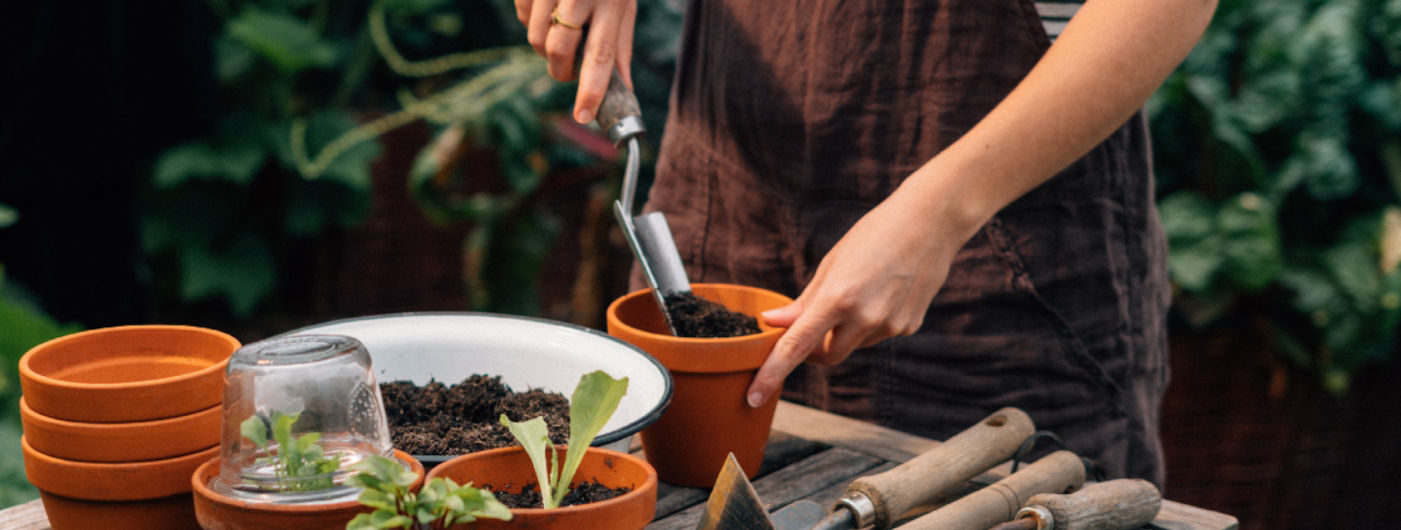Growing carrots, parsnips and similar root vegetables from seed
Carrots, parsley root, and parsnip are traditional root vegetables used as soup greens, and the three of them can be grown from seed very similarly. Also, common salsify, oyster plant, and turnip-rooted chervil can be planted using this cultivation and sowing instructions. They all have in common that they are biennial. In the first year, they form roots, which can be harvested into the second year. They do not bloom until the second year.
Carrots and parsnips grow in almost all climates, except hot, dry regions.
- Sowing time: From mid-January when the soil has dried. Aftersowing until into June possible.
- Sowing depth: between 1 and 2.5 deep cm in rows directly into the field
- Germination: Carrots are somewhat unpredictable in this regard and germinate irregularly. Between sowing and germination 14-40 days may pass.
- Row Spacing: 30-45 cm
- Planting distance: 8-10 cm
- Location: Sunny
- Family: Umbelliferae (Apiaceae)
Soil for carrots, parsnips and other root crops
Carrots need a deep, light, sandy, humus-rich and warm soil with a pH value of 6.5 to 7.5, which has been well fertilized in the previous year, if possible. The ground should also be free of stones. If these conditions are met, the roots can grow well in depth and width.Soil containing potassium improves the taste of root crops. Refrain from fertilizing with fresh manure, since such a measure magically attracts carrot flies, adversely affects the taste, gives you maggoty carrot roots and also promotes excessive growth in length. Soil which tends to silt is not well suited, as well as very strong clay.
Taking care of root crop plants
Carrots need a lot of floor space. Therefore, the rows should be well thinned out. Be careful when pulling out small roots, because their smell attracts pests. That's why it is worthwhile to mix the Plant seed with radish seeds and fine sand and generously distribute it in said groove. Radishes germinate and ripen much faster than carrots, while at the same time marking the rows. When the radishes are harvested, you're automatically thinning out the rows, and space is put to good use simultaneously.Most of the time, the young plants of root vegetables are not very competitive. Up until you can finally harvest your crops, regular weeding and digging is an essential element of plant care, consequently. Especially after heavy rainfall, the soil should be loosened, as carrot plants often respond with growth disorders to the compaction of the soil. Regular mulching may also have a preventive effect.
Carrot seeds need constant moisture to germinate but only have an average water demand. They definitely prefer regular rainfall, though, so they should be additionally watered during great droughts
Important: These root vegetables are Umbelliferae. They should be grown only once every four years at the same location to maintain healthy soil.

